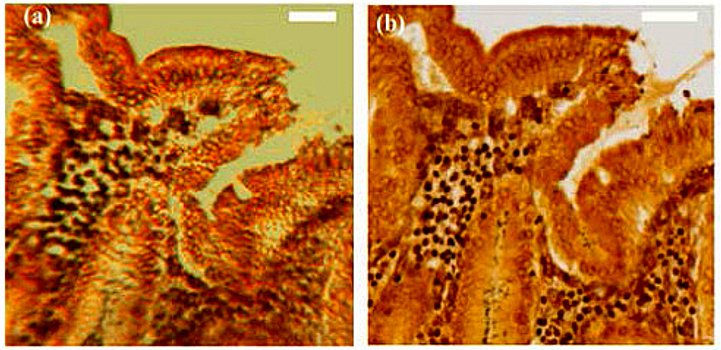Cheap pocket microscope

Polydimethylsiloxane, a transparent silicone, is ideal for small and cheap lenses. In fact, engineer Steve Lee of the National University of Australia has used this type of lens to stick to smartphones and turn phones into microscopes.
Technically, the process is simple: it allows the extension of a drop of polymer and heats it in the oven at 70<C to obtain the base of the lens; it adds one more drop to the base, the turning and gravity gives it parabola form; hardens again to the oven, the lens is ready.
With this lens, a small battery and an LED light, the phone can become a microscope and have an approximate price of $2. It is not of great quality, but given the simplicity of the manufacturing process, it can compete with other small micropios existing in the market. In fact, it increases the image 160 times, with which a resolution of 4 micrometers is achieved, the resolution of the size of almost a bacterium.
In fact, the microscope has aroused interest in the field of medicine. Now, for example, a device called a dermatoscope, an expensive microscope, an instrument of at least $500 is used to closely examine the skin. The dermatoscope made with a smartphone is a cheap substitute that can also collect the image and send it quickly to any place.
However, some researchers in the field of optics have doubts about the advantages of the Lee method. On the one hand, with this method it is not easy to control with precision the curvature of the lens and the shape has a great influence on the quality of the lens. On the other hand, the method is not suitable for the construction of lenses over 1.3 cm. For the moment, the method developed by Lee is limited to the world of smartphones.
Buletina
Bidali zure helbide elektronikoa eta jaso asteroko buletina zure sarrera-ontzian











